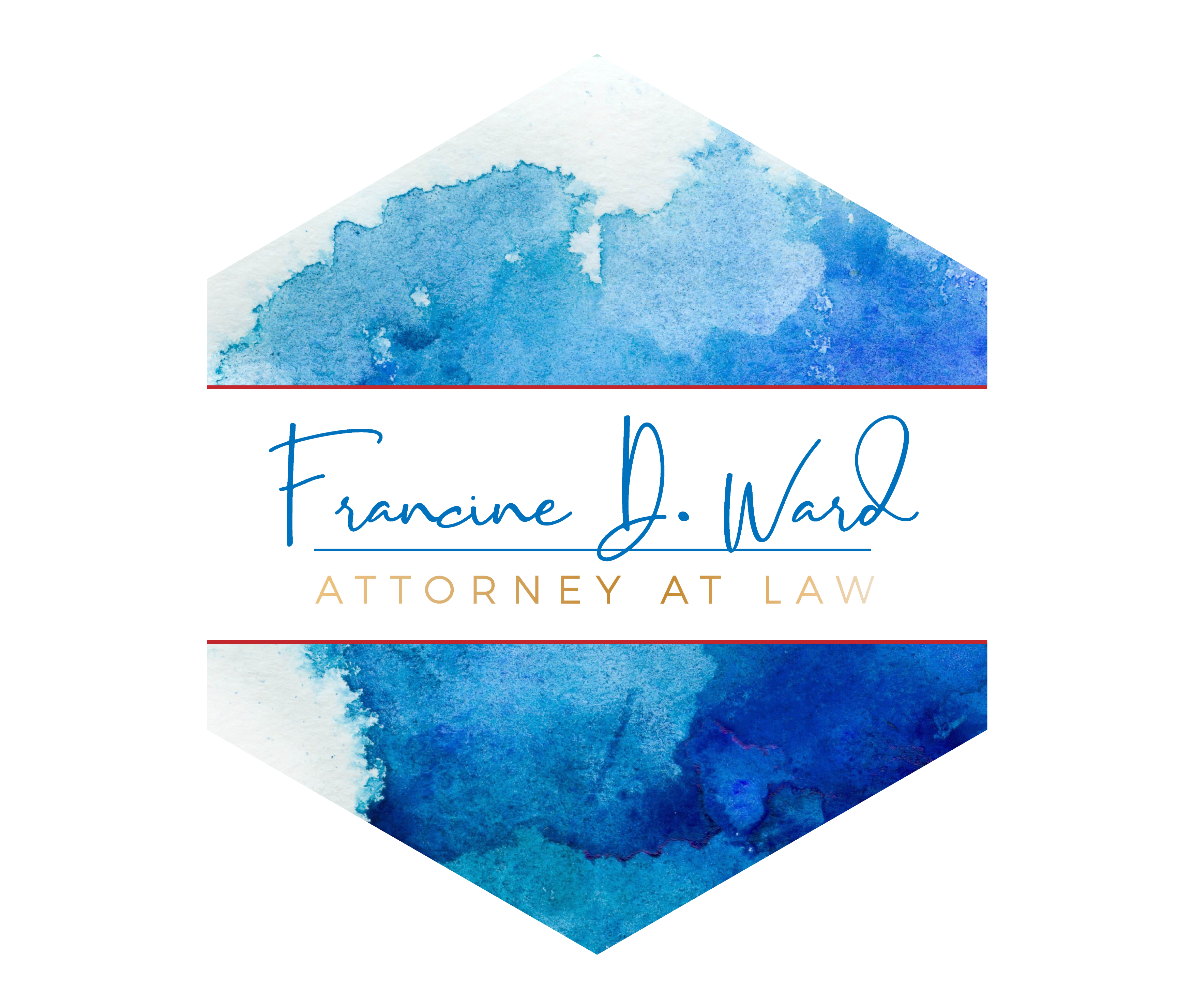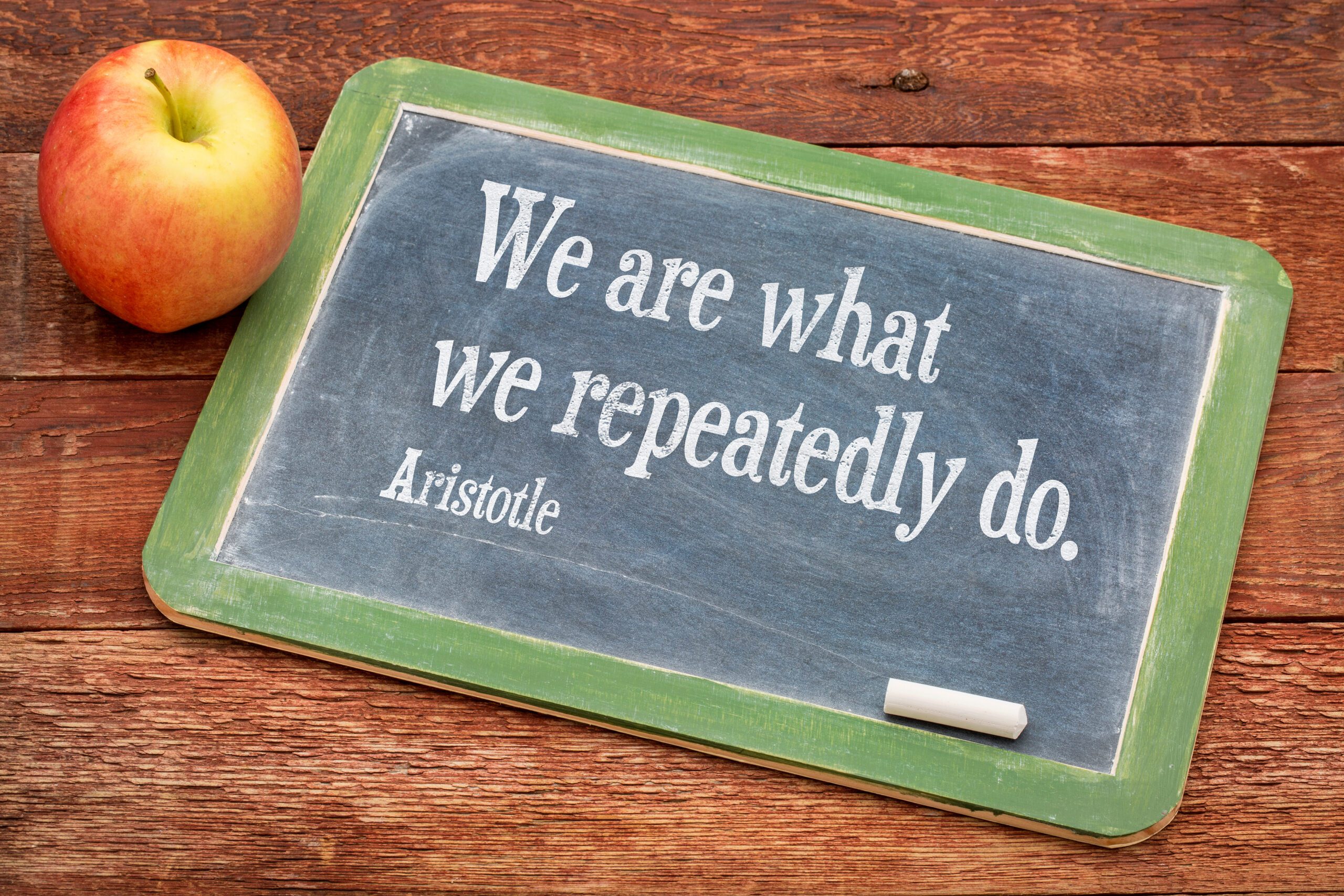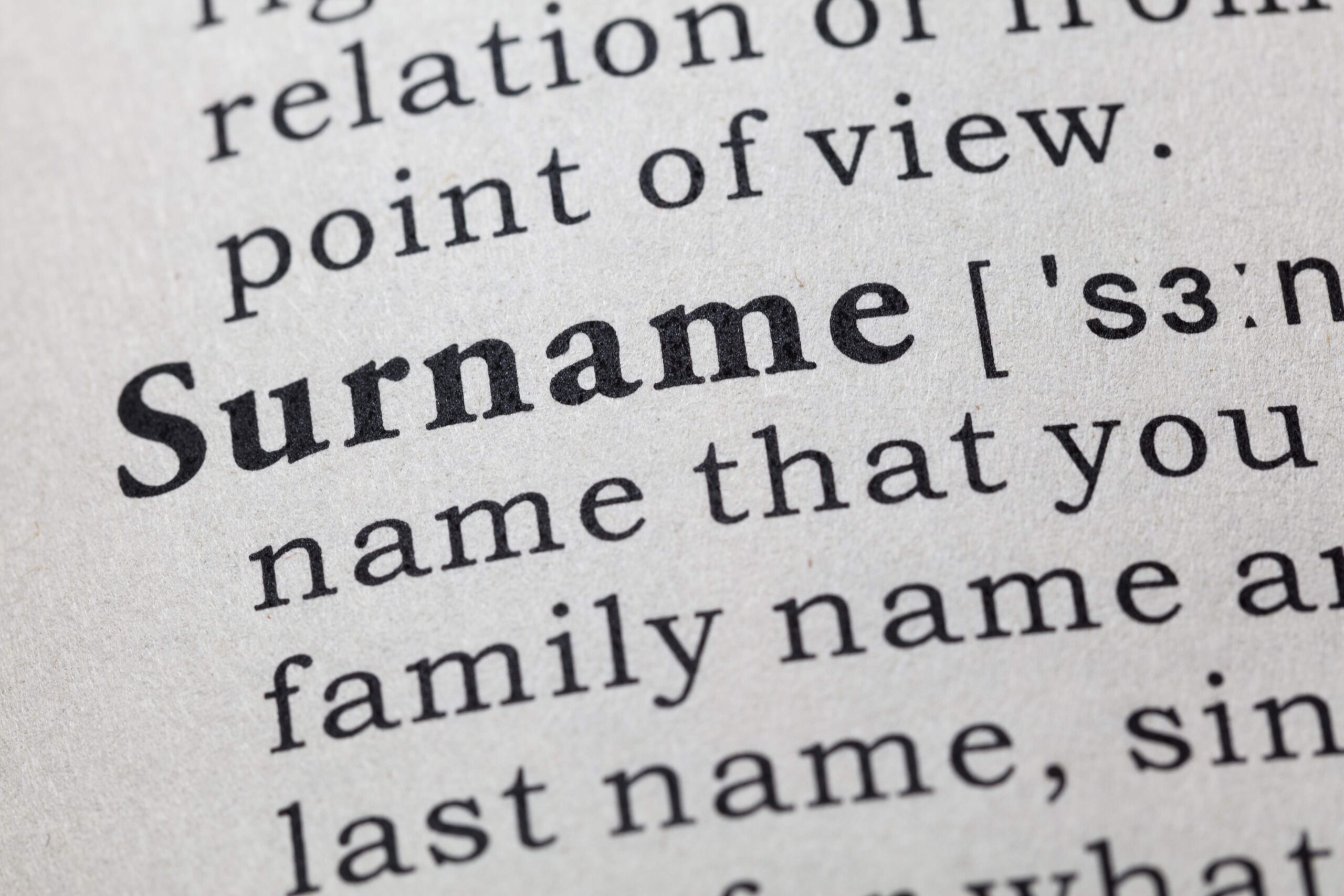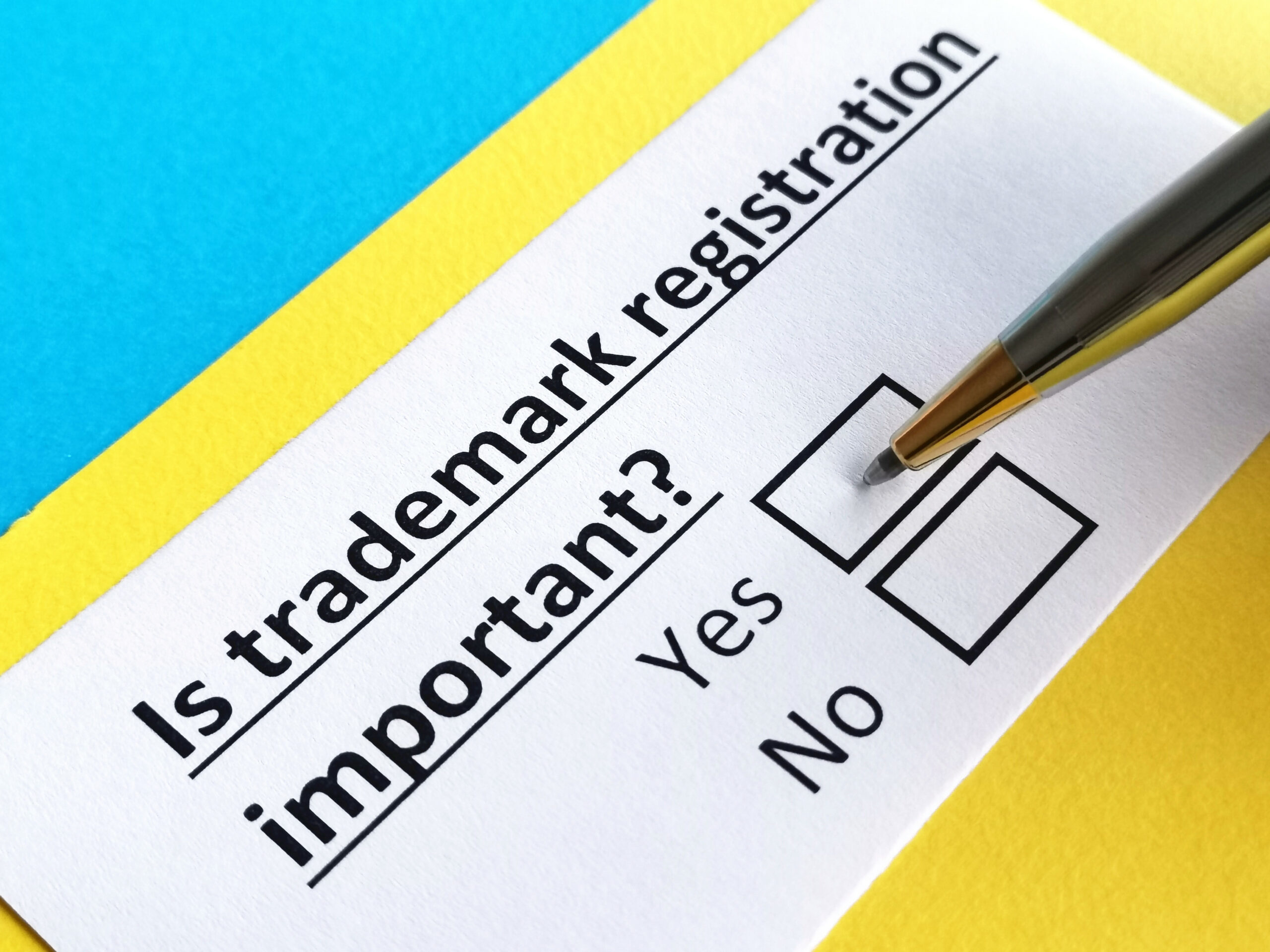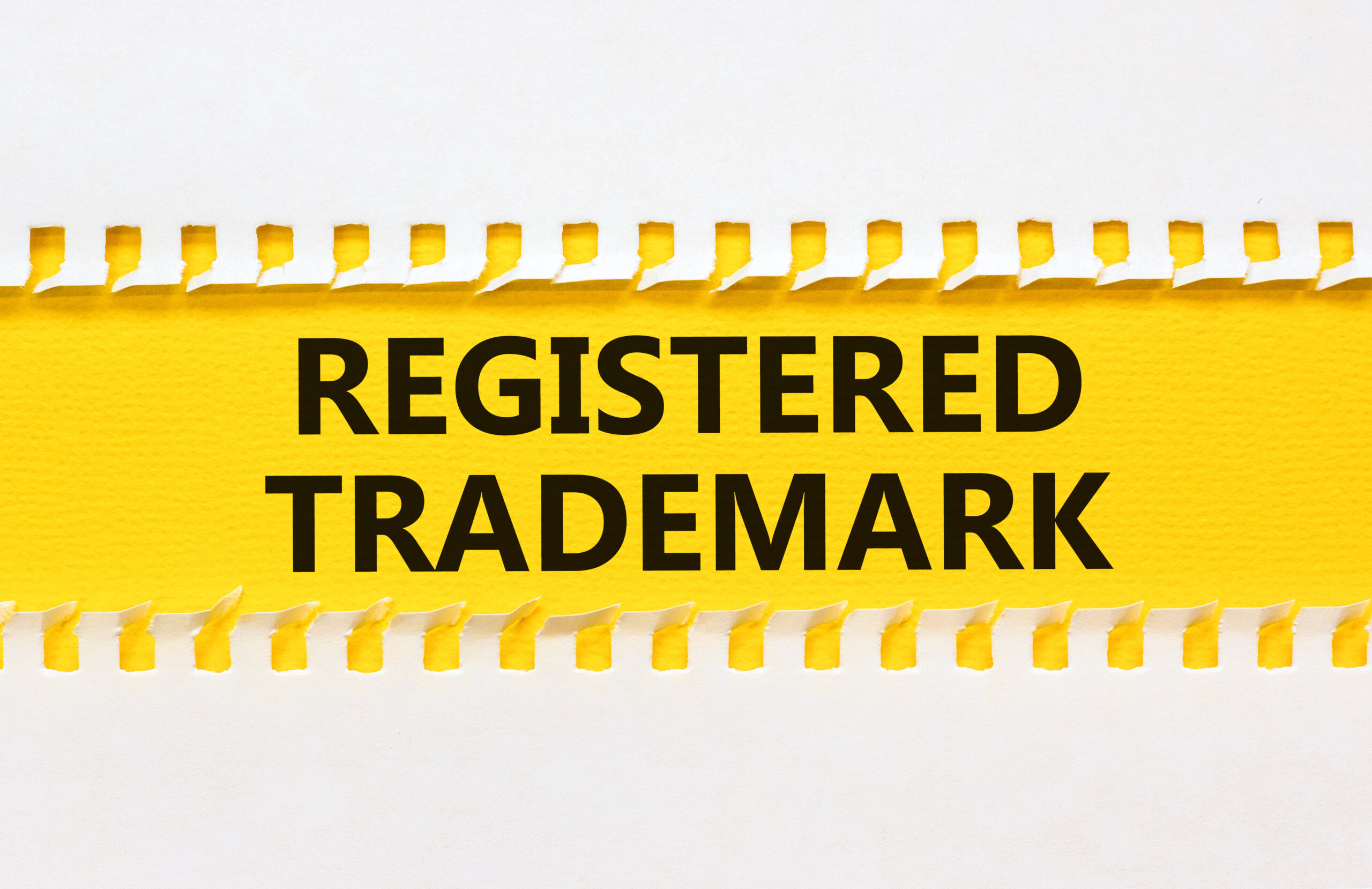Publication and Copyright
Does a work have to be published before it can receive copyright protection? The answer is not anymore, but prior to 1978 copyright protection was established, either by publishing the work and affixing the copyright notice symbol, or through registration.
So how do we define publication for the purpose of copyright protection?
According to the Copyright Act of 1976, “Publication” is defined in the following way:
“Publication” is the distribution of copies or phonorecords of a work to the public by sale or other transfer of ownership, or by rental, lease, or lending. The offering to distribute copies or phonorecords to a group of persons for purposes of further distribution, public performance, or public display constitutes publication. A public performance or display of a work does not of itself constitute publication.
After the passage of the 1976 Copyright Act, which went into effect on January 1, 1978, a work does not require publication in order to be protected, rather, it receives copyright protection as soon the work is fixed in a tangible medium of expression – paper, canvas, disk, hard drive, etc.
Also, the law does not require a work to have a copyright registration, but registering a copyright does have legal benefits if infringement occurs. One major benefit of federal registration is that you have the legal right to sue for copyright infringement.
As you can see, not fully understanding copyright law can get you into a lot of hot water. Please remember that just because a work is not published does not mean it is not protected by copyright law. And while registration is not mandatory, it is a smart business judgment decision. PROTECT your work now!
So, in order to fully protect your intellectual property it is always wise to seek the counsel of a copyright attorney who can advise you of your rights and obligations under the law.
Until next time, I’m Copyright & Trademark Attorney Francine Ward helping you protect what’s yours!
Join my conversation on Face Book Fan Page, Twitter, and in a LinkedIn Group.
